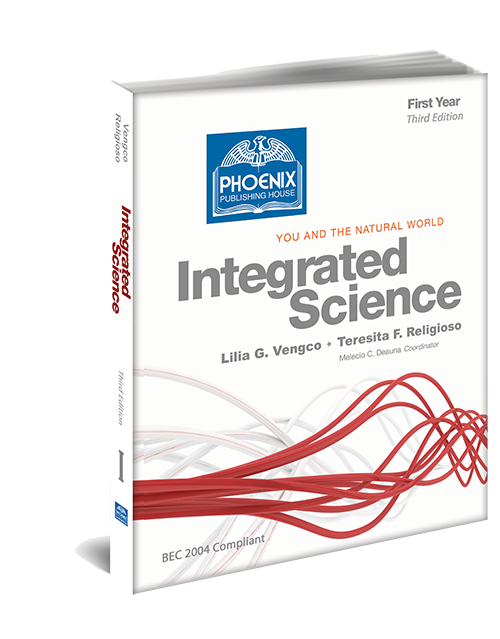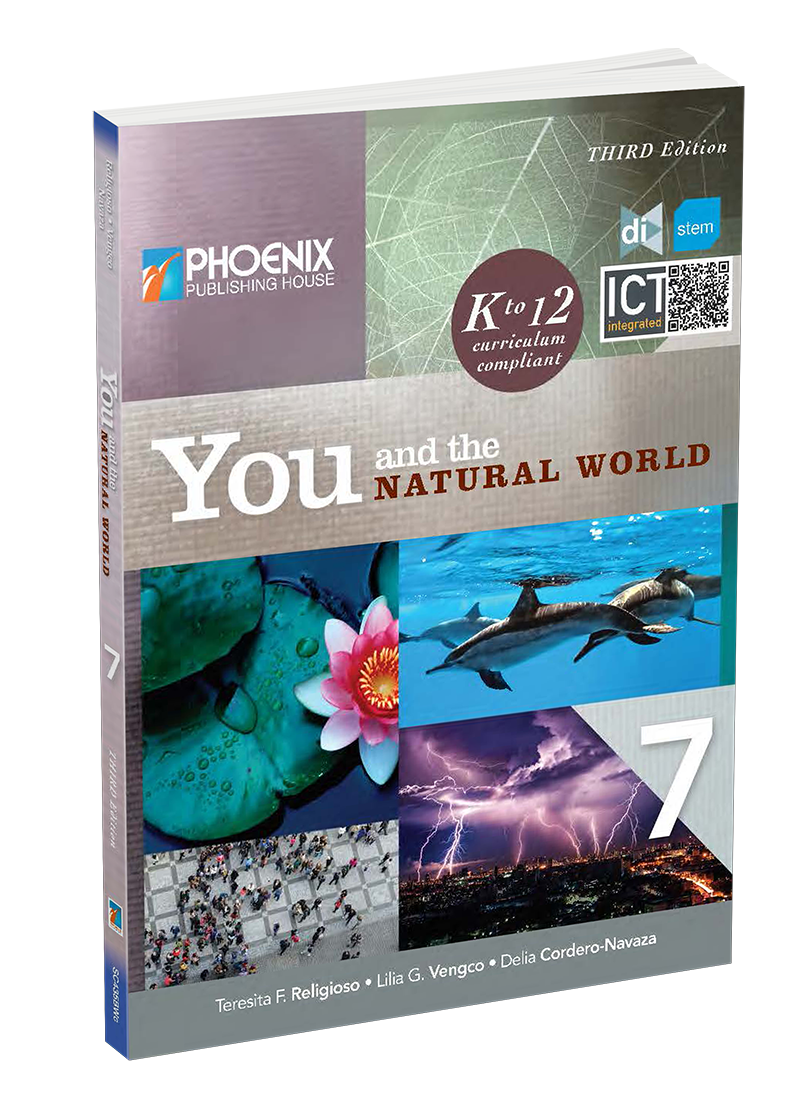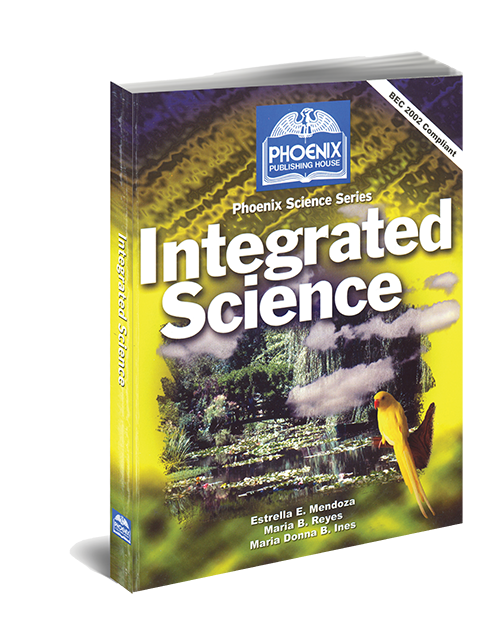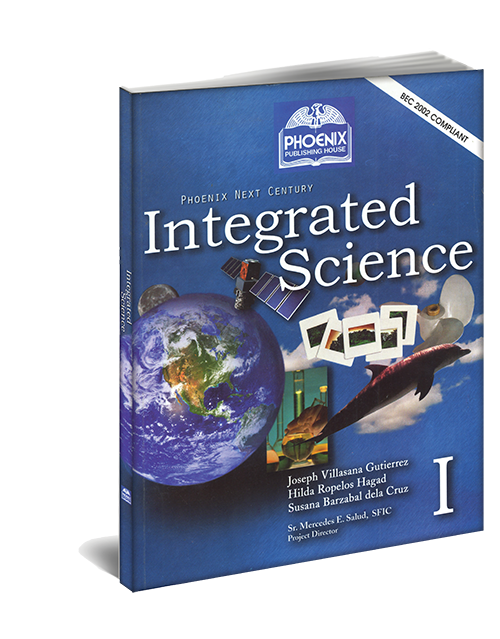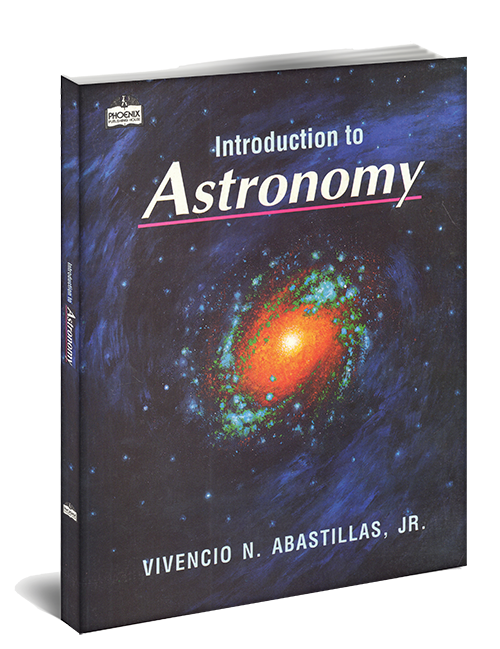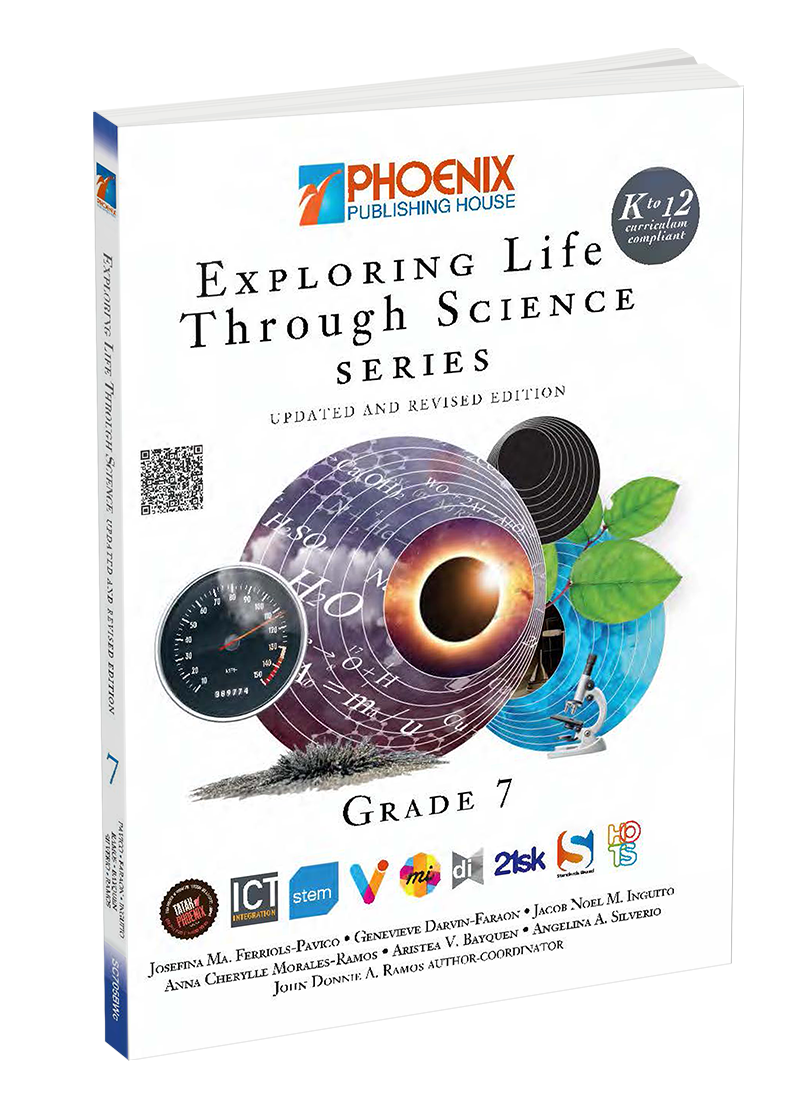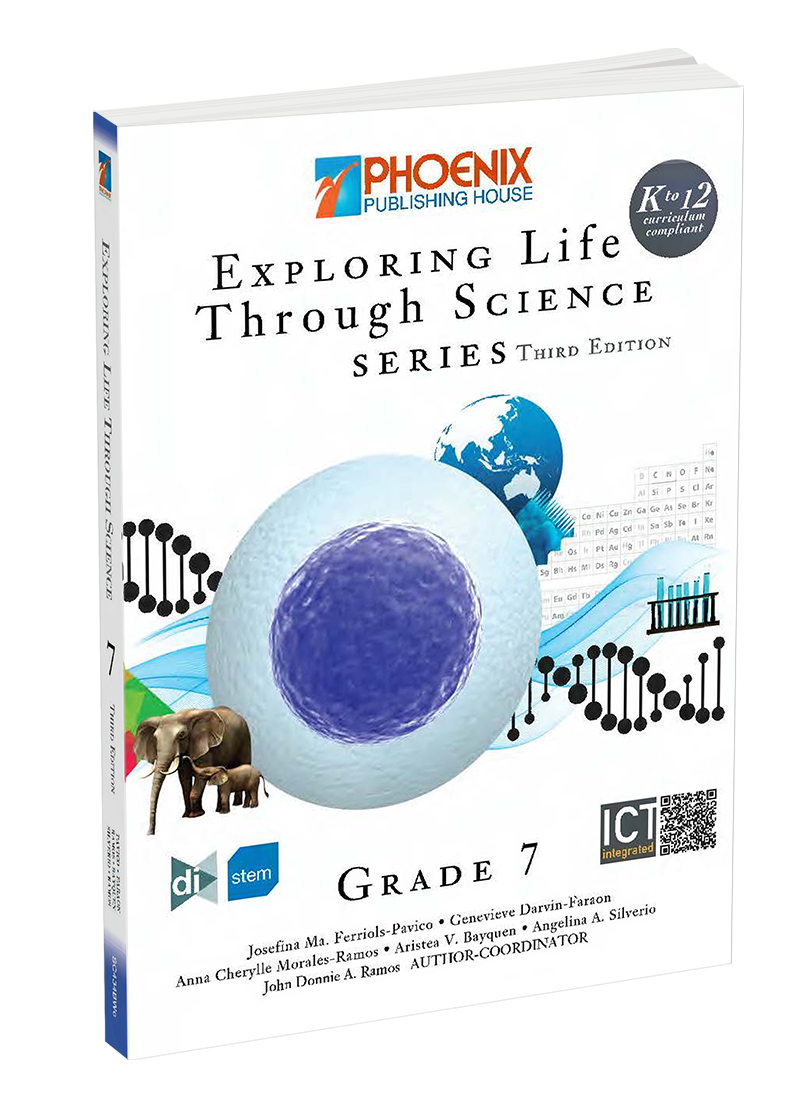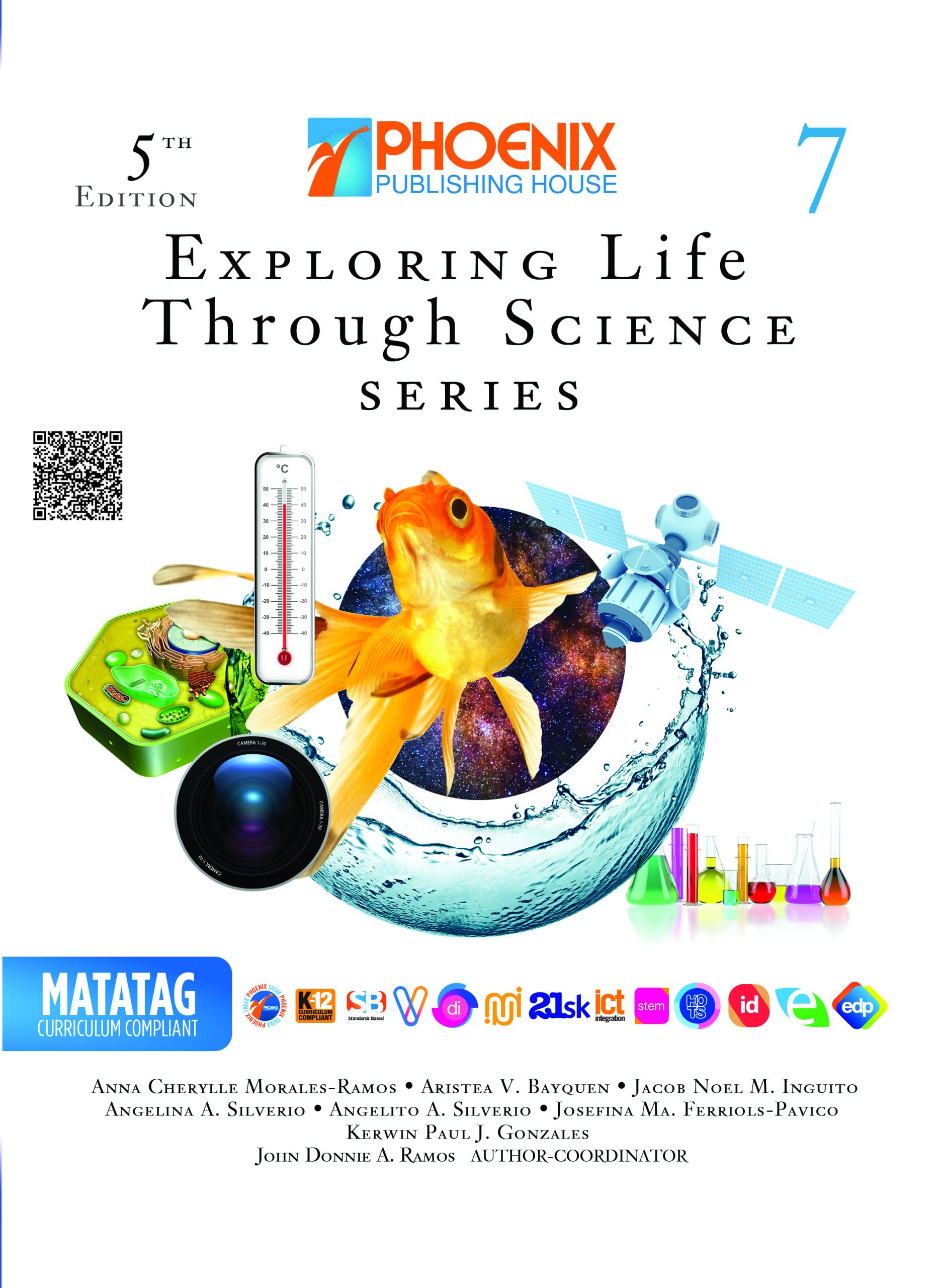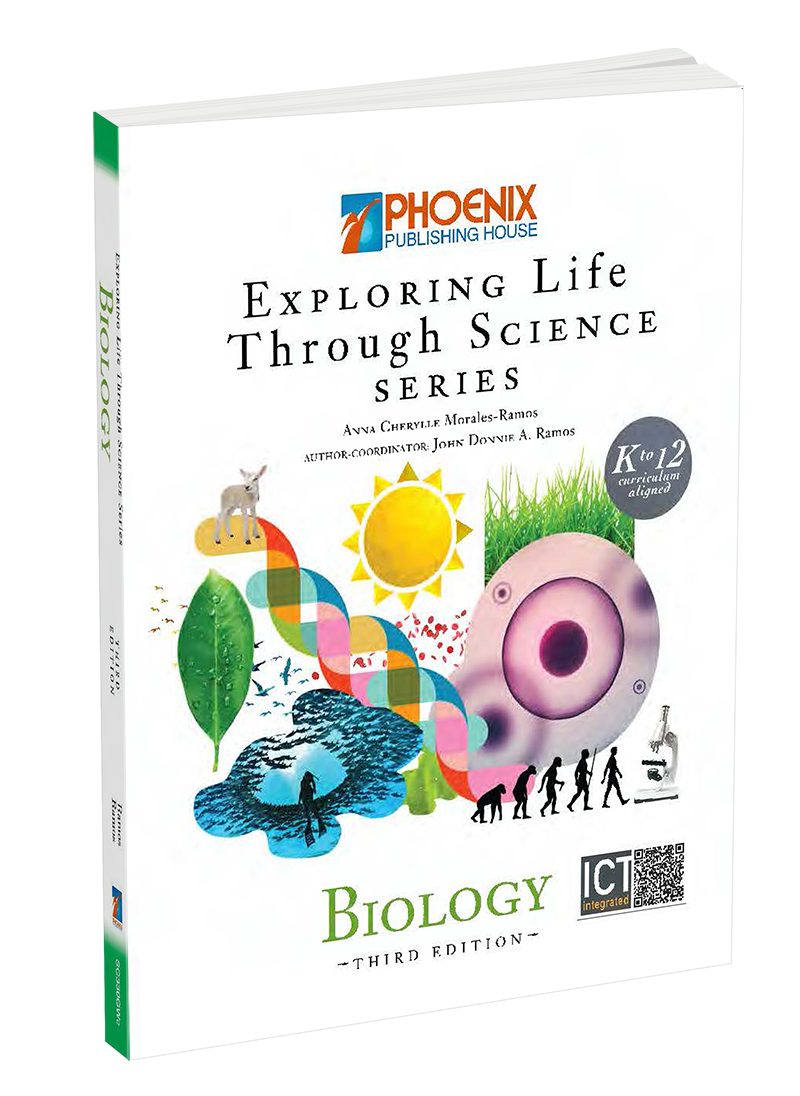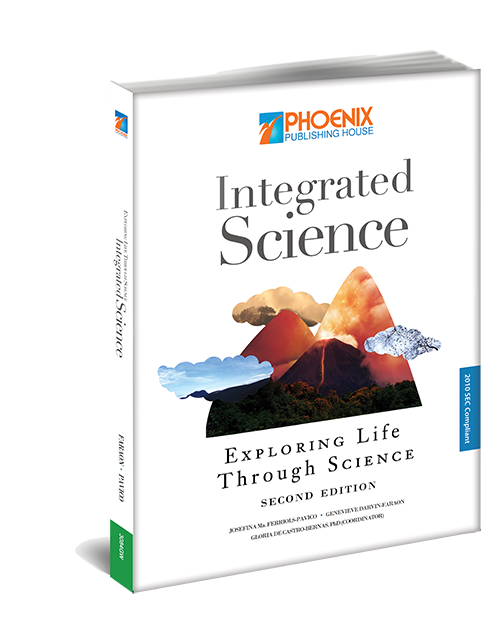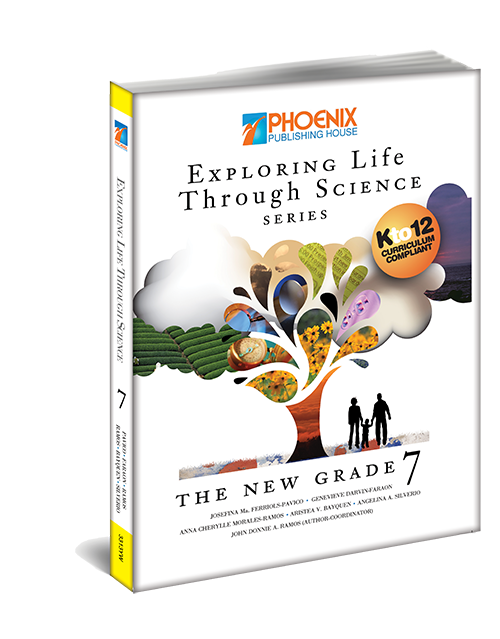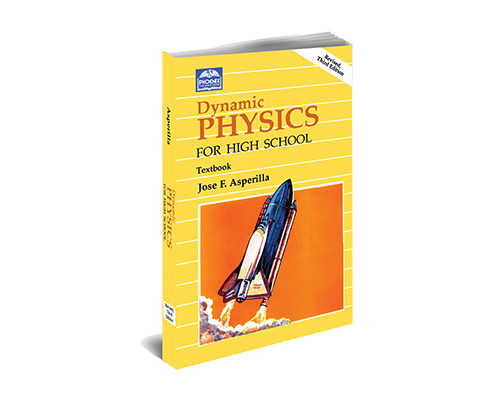
Scan to view
Our Textbook Catalogs
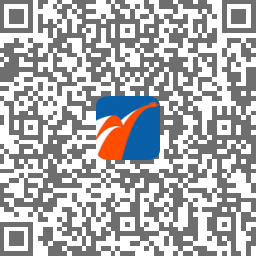
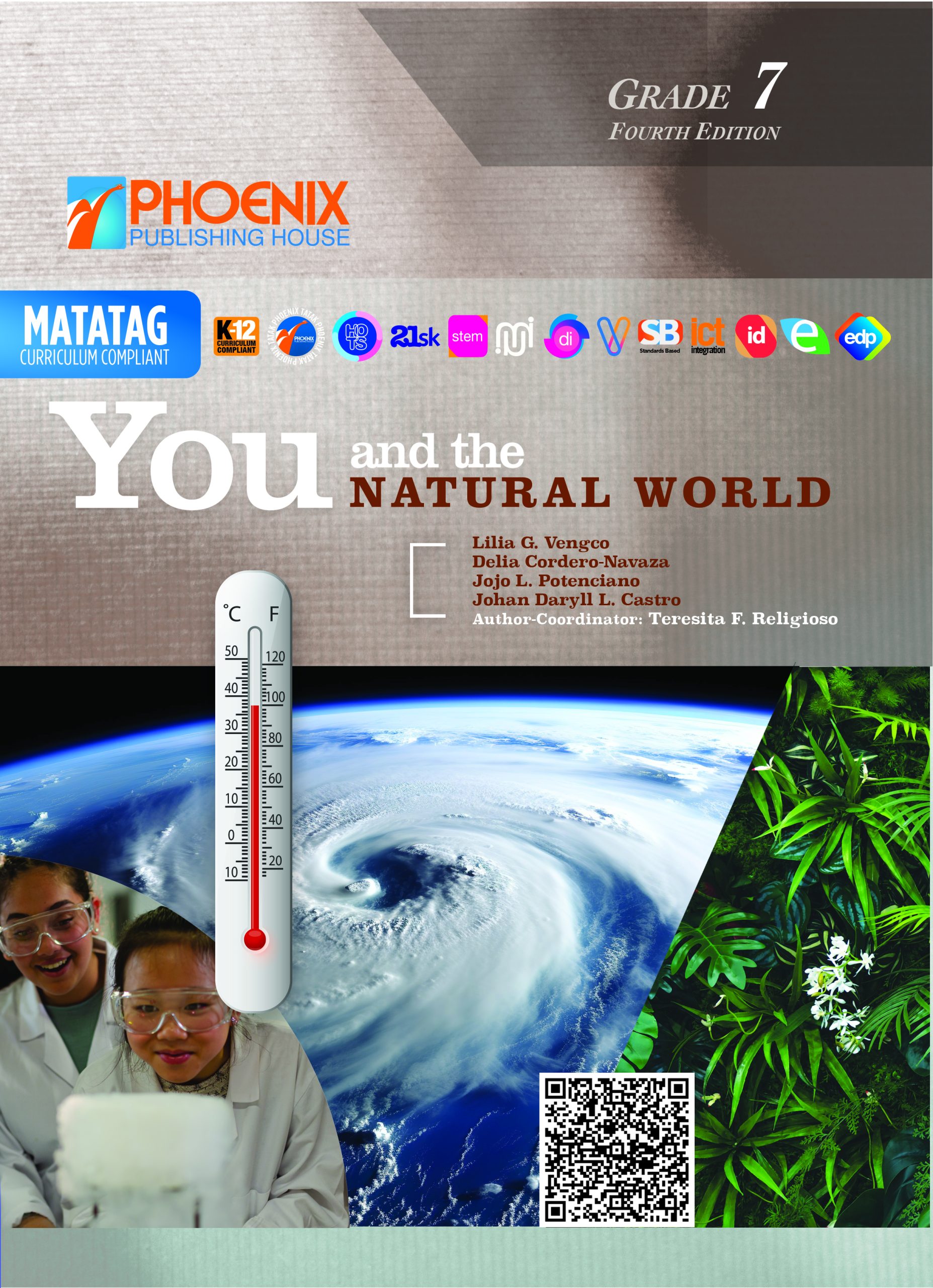
You and the Natural World 7 Worktext 4th Edition
The You and the Natural World MATATAG Fourth Edition deepens students’ knowledge of science concepts and principles. It provides opportunities for meaningful and relevant experiences in understanding the physical, life, and earth sciences. It is designed to develop and polish students’ science skills using an array of relevant activities, appropriate instructional tools, tested science concepts, and variety of assessment tools that will check students’ understanding.
Author/s
Teresita F. Religioso (Author-Coordinator), Lilia G. Vengco, Delia Cordero-Navaza,
Jojo L. Potenciano, Johan Daryll L. Castro
-The Natural World. Describes phenomena, events, and discoveries/inventions that are related to the different concepts in a given unit that have relevance to human life and the environment. It highlights their implications in the Philippine setting.
-Holistic Map – A visual representation of the relationships of all the concepts and ideas of the different chapters in the unit.
-Concept Map – A visual representation of the connection of main concepts and ideas within a chapter that provides an opportunity for learners to discover their own meaning of the topics.
-Big Idea – Cone or central idea of the chapter that gives meaning to the concepts.
Learning Competencies – A list of knowledge, skills, and attitudes that students need to acquire, develop, and/or demonstrate as manifestation of learning in each chapter as required by the MATATAG curriculum.
-Values Integration – Provides appropriate attitudes and values related to the lesson that are to be developed/enhanced. This helps students know to use them to become better persons and citizens of the world.
-Chapter Summary – Provides students with a quick glance at the chapter’s contents and main, most important concepts.
-Project-based Learning by Design with STEM integration – Provides the opportunity to investigate science problems to further establish a scientific concept or theory. Each investigation begins with a scenario indicating the problem and the data to be collected. Assessments and
Learning Activities
• Assess Your Prior Knowledge
• Science Process Skills • -Cyber Science
• Check Your Understanding
• Mind Map
• Test Your Understanding
Other Books
Building Learner Resilience with MATATAG Curriculum – Compliant Solutions
